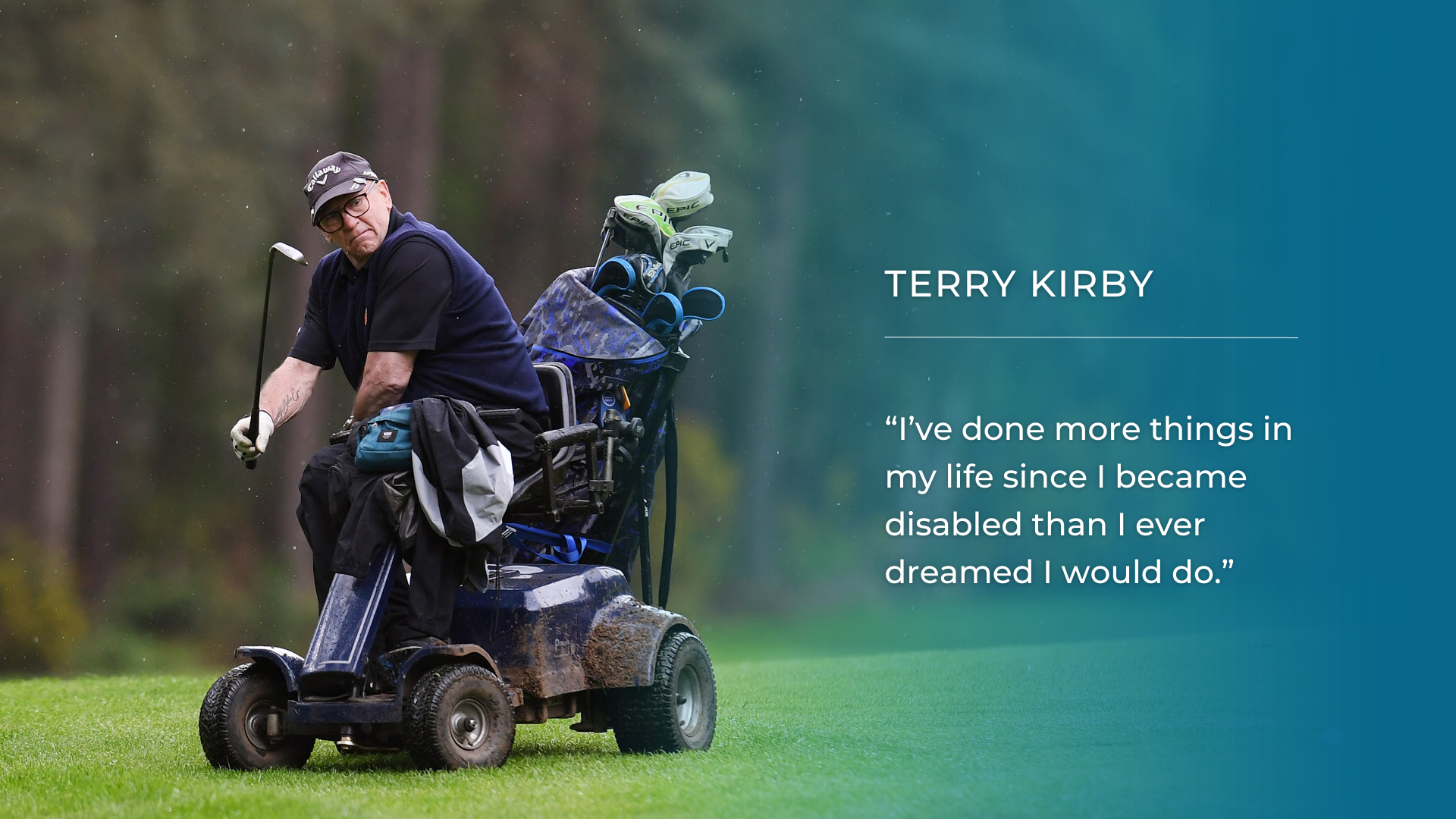Audio:
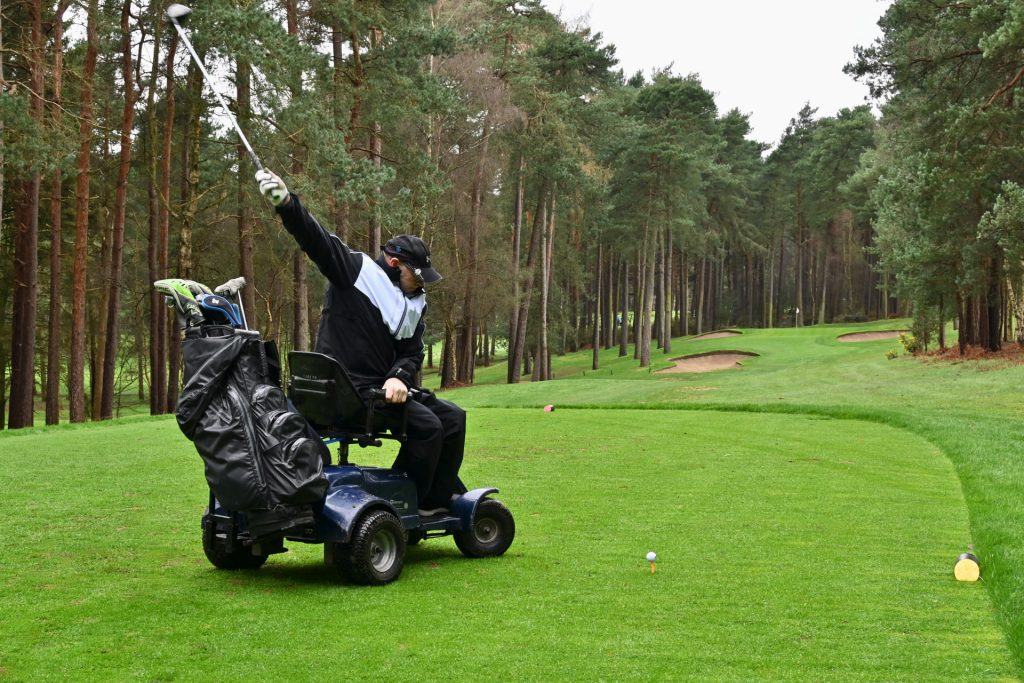
Getting someone to hold and swing a golf club is the first step along a well-worn path to introducing golf. This step is commonly taken together with a friend or family member who already plays the game. It is at that moment that the holder of the club becomes a sampler. Just like the first taste of a new dish, or reading the opening pages of a book, the first few swings at a ball sitting on the ground can be the opening of new interest, or …. well, let’s not go there.
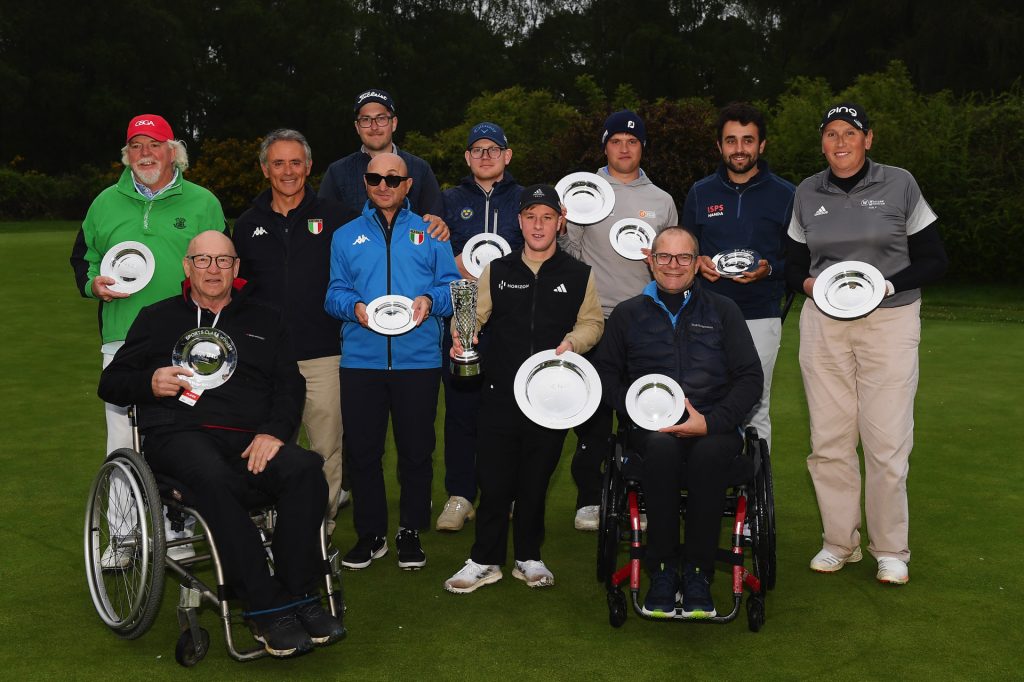
Proud Yorkshireman Terry Kirby had his first experience of golf when childhood friend John Potter revealed he had started to play golf. At the time Terry was playing rugby for the supporters club at his beloved Hull FC, a Rugby League team that he had followed since he can first remember. John told Terry that quite a few of the lads were going to the golf course on Saturday and that he had some spare clubs from another friend who was away on holiday. Getting together with his mates was always appealing to Terry, and so it was agreed.
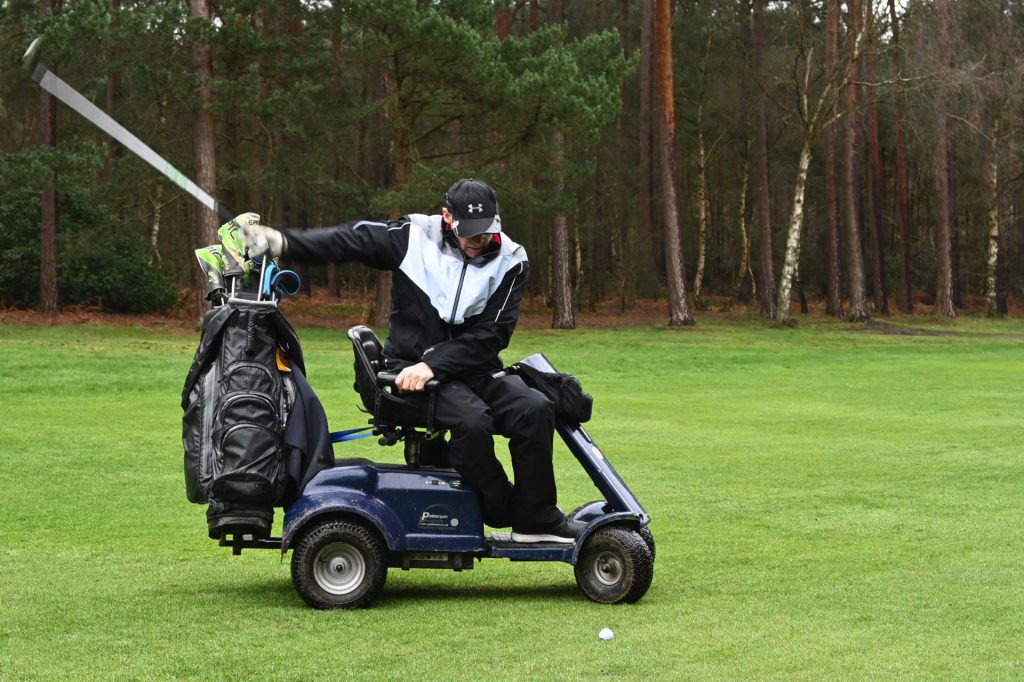
“On the Friday before we played, I went to the driving range and just hit some balls. We went out on the golf course, and it’s like you get this light bulb moment. When you’ve hit a couple of balls, you think, ooh I like this, I really like this.” Within an hour or so of finishing Saturday’s round of golf, Terry was at the local golf shop getting himself a set of clubs.
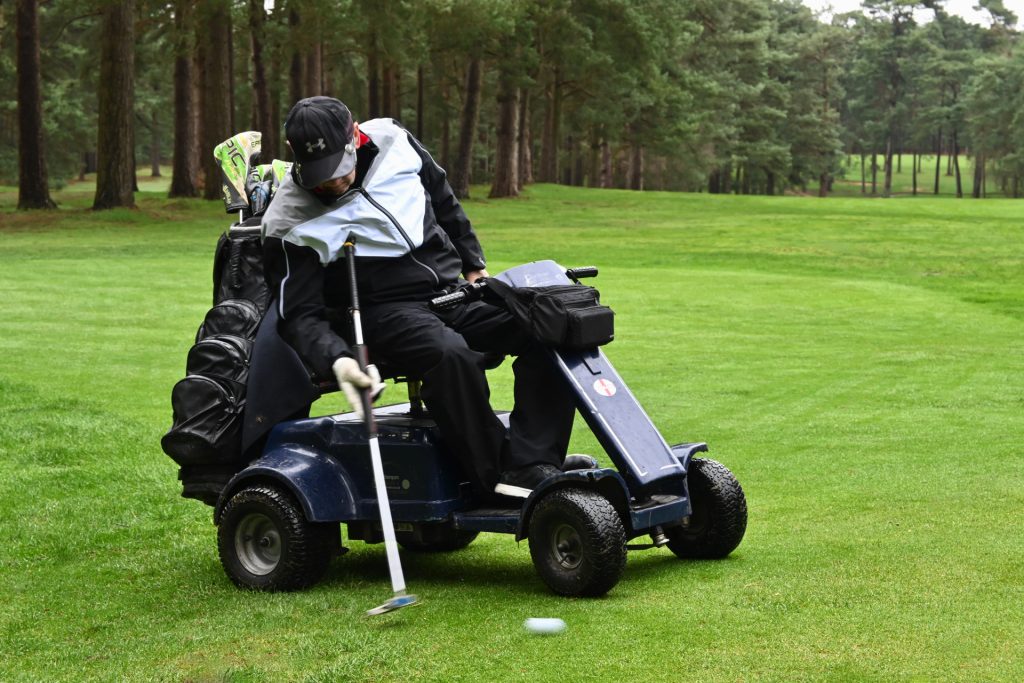
Terry was born in Hull, or when said in the local dialect ‘Ull’. Dropping the H at the start of a word is proof positive you belong in Yorkshire’s East Riding. Hull was one of the gateways often used to travel to Europe; Rotterdam in Holland is even today a popular route. Terry’s route to the world was through the military, “I was in the Royal Engineers. It was all bridge building, mine warfare. I did two tours in Northern Ireland, and it was there we did the search teams for bomb disposal.” Already worldly, and just 22 years of age, Terry got a dream posting to Cyprus. In the nine months that followed, Terry enjoyed the work and the island, until one day a motorcycle accident became a diversion in life’s journey. Two broken legs were the result of a car turning in front of the bike, forcing Terry onto the verge. He was shipped back to England for medical treatment, and just three years later he left the army.
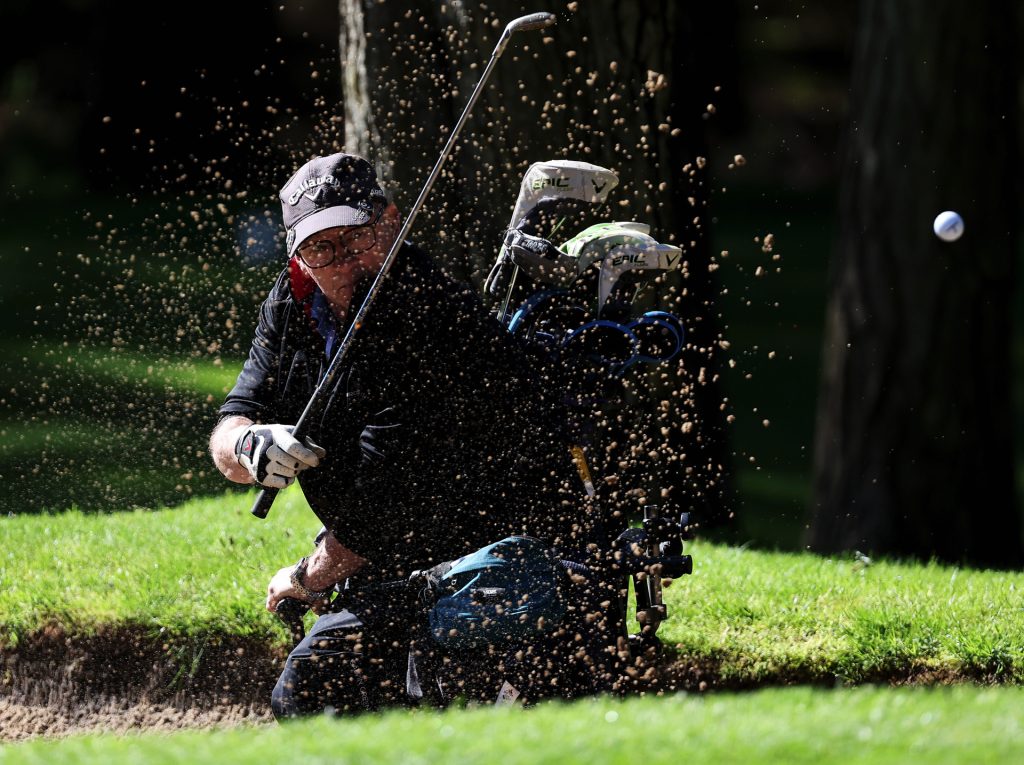
Every accident, no matter how big or small, leaves a legacy. For Terry, the result was that he had one leg shorter than the other and so he would use a raise in his shoe to equalise the level of his hips and so reduce a limp which he had learned to live with. It was the orthotic specialist that first questioned Terry on why one of his legs appeared to be weaker than the other. Terry had thought perhaps he favoured one leg more and so was not concerned. Still, the orthotist arranged for Terry to have more investigation. “He sent me to see a neurologist who did a pinprick test.”
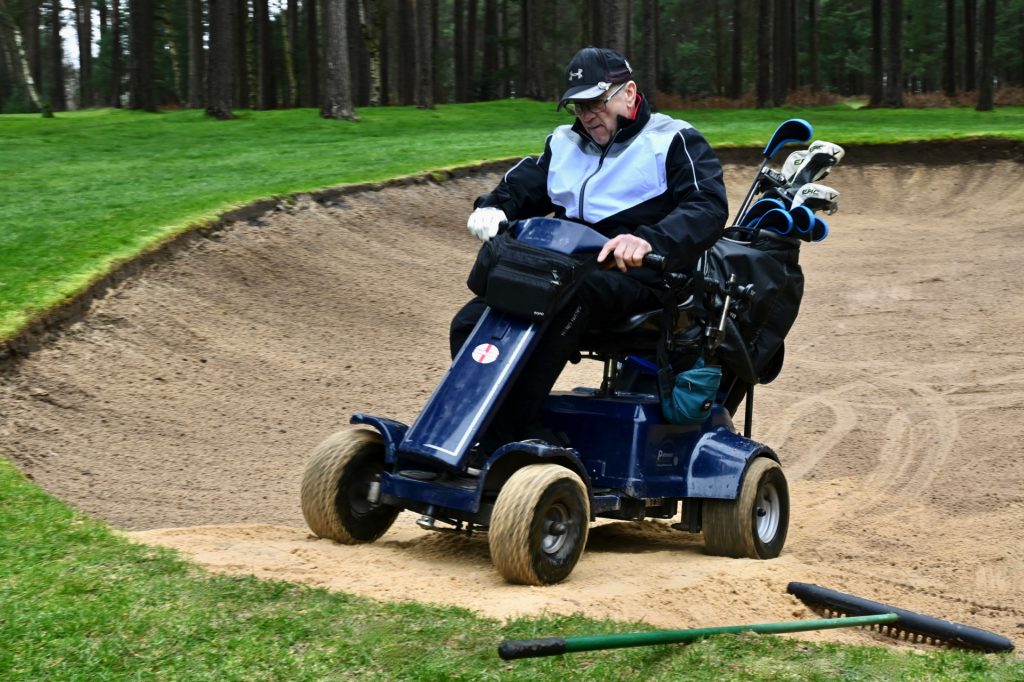
By now Terry was 38 and so had been living with the trauma of his motorcycle accident for 15 years. He had got used to the limp, a dropped foot and some other small issues, but Terry is Yorkshire through and through, and folk from this part of the world tend to be pretty stoic. He had simply got on with living his life. His appointment with the neurologist came, and it turned out to be a surprise for Terry. “There were areas of my body that I couldn’t feel. Which was really strange. So he booked me in for an MRI scan.” The scan was scheduled for Friday morning, and the results would be back that afternoon. “It was strange, I think they had the results a lot earlier than I got to find out. A nurse came in and took some blood, and said, ‘We just want to take a blood sample.’ And then a guy came in with the cardiograph machine to test me, and he said, ‘Oh, it’s just routine before an operation.’ I said I don’t know anything about an operation. So they must have discussed the operation before I found out at 7:00 o’clock in the evening.” It was only then that Terry found out from the doctor that the MRI results revealed a two-and-a-half-inch tumour inside his spinal cord. It was all pretty matter of fact, even when they said that there was a 10% chance that he wouldn’t walk again.
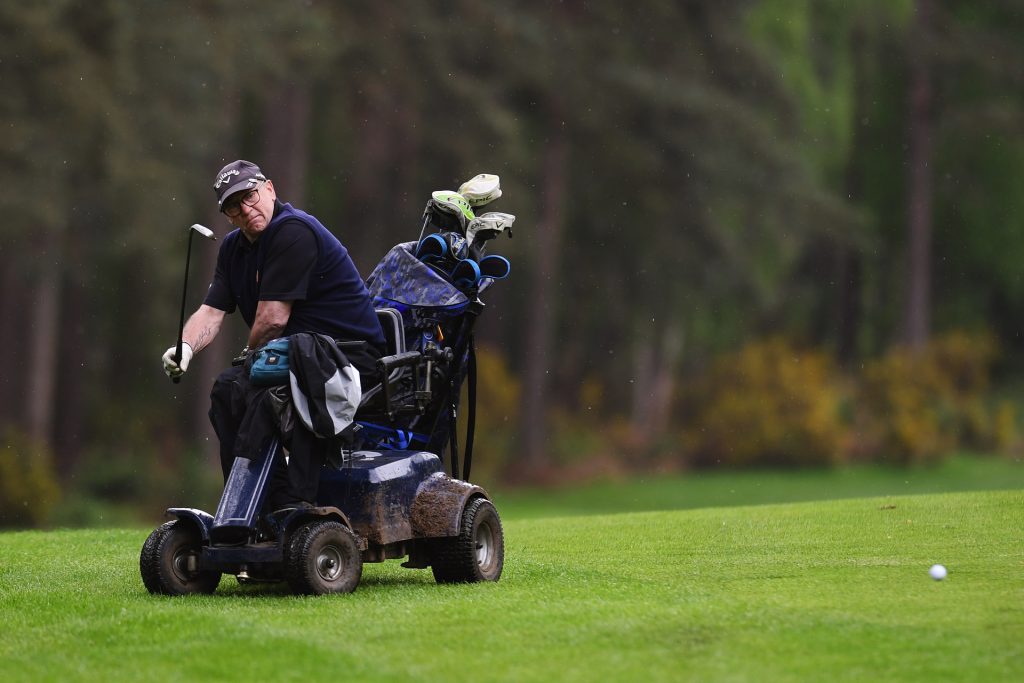
An operation was arranged for the following Monday. So with the weekend looming, Terry needed to organise some golf. “The guy said, don’t do anything physical or anything, because now we found that you’ve got it, we don’t want anything to happen. So I rang my best mate up, told him about it, and told him that they had given me a 10% chance that I might not walk again. So John said, ‘It’s just a good job you didn’t buy those golf shoes then.’”

It was time. Monday arrived. Terry made his way to the hospital and it would be several weeks before he left. It was Tuesday before gradually Terry came around from the operation finding himself in the recovery ward. The doctors and nurses went about their business, doing their best to take care of the physical and psychological needs of their latest patient. Occasionally Terry would ask about his prognosis. His questions were generally met with a stock answer, along the lines of it would be a couple of weeks before his body would settle down. Then and only then would they know more about what was actually happening. “I’d actually lost feeling from just under my chest on the left side, down to my calf. I still had feeling in my right leg, but I’d just lost feeling in that side. I didn’t have any physio or anything else and wasn’t really moving around much. I just basically let myself try and recuperate. So after a fortnight, I was waiting to see the consultant and his two helpers. I said to these two guys, so what’s my prognosis? And one said, ‘This is it. This is how you’ll be now.’” The words were a hammer blow to Terry who had hardly moved in two weeks. Would this be the future he had to look forward to?
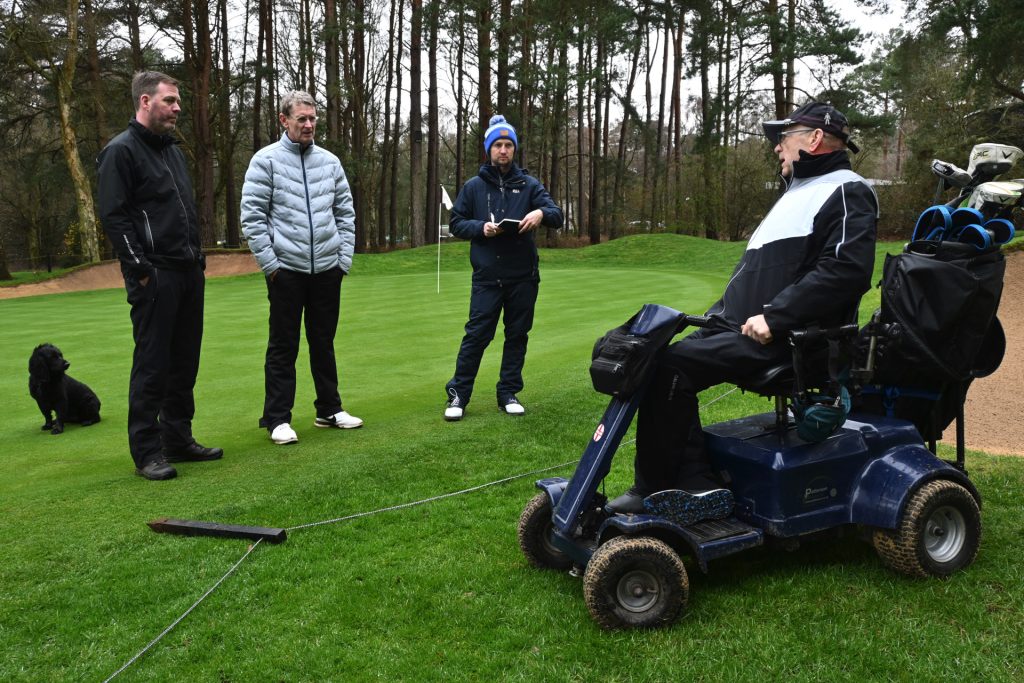
The ward matron, Janna Anderson, could see the pain in Terry’s eyes. “She took me into the gents’ toilet, she said, right, have a cigarette, calm yourself. She could see I was upset. So I had a cigarette, and she said, ‘Look, don’t listen to what they’ve just told you. When the consultant, Mr Brocklehurst, comes in we’ll ask him.’ He came in, checked me over, and said, ‘I will get you walking out of here.’ It was like a cloud had lifted up.” Although Terry did leave the hospital using crutches, the cloud was soon back and further checks and scans led to two more operations, “I finished up, eventually having three operations. The second operation took all feeling, chest downwards. But I could still stand, it was all mind over matter. As soon as I came around from the second operation, they injected some antibiotics into my leg. I asked them which leg they had put it in?” The nurse said the right leg, but Terry hadn’t felt a thing. “I have to say, I shed a couple of tears at that moment. The third operation just took everything, chest down, everything, bladder, bowel movements, any discernible movement.”
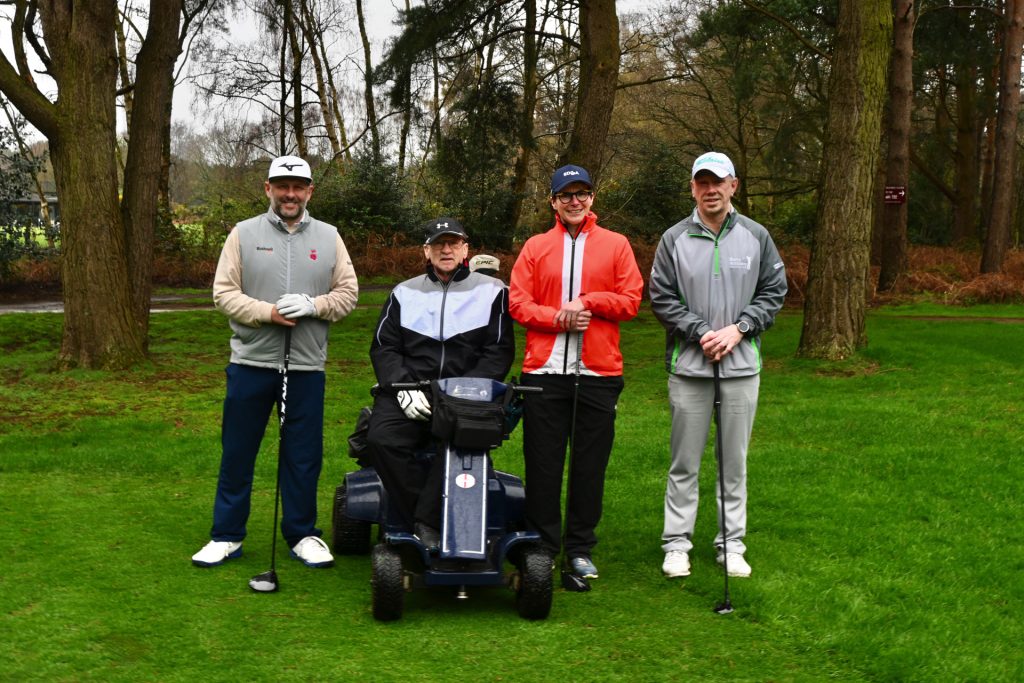
Terry had to go on; after all he had a wife and daughter and so it was straight back into family life. For any patient with a spinal cord lesion, regular physiotherapy sessions are vital. The first twelve months are when the biggest gains can be made, and it is likely that whatever sensations can be regained come back during this period. Motivation is essential at this stage and finding something to hang on to can make all the difference, “One of the physios said, what would you like to get back to doing… I said I love my golf, I really love playing golf.” Just days later the physio gave Terry a poster from the Humberside Disabled Sports Association. “She gave me this flyer, and it said Handigolf Foundation Taster Day, seated golfing in Scunthorpe. So I said, wow, smashing.” Terry took no time to pick up the phone to call the founder of the Handigolf Foundation, Dr Andrew Greasley, who explained that the next session was taking place on the other side of the Humber estuary in Scunthorpe. Terry was certainly into new territory, playing from a seated position was totally different, but with the help of the Handigolf Foundation and his boundless enthusiasm, he was soon sending the ball 130 yards down the fairway.
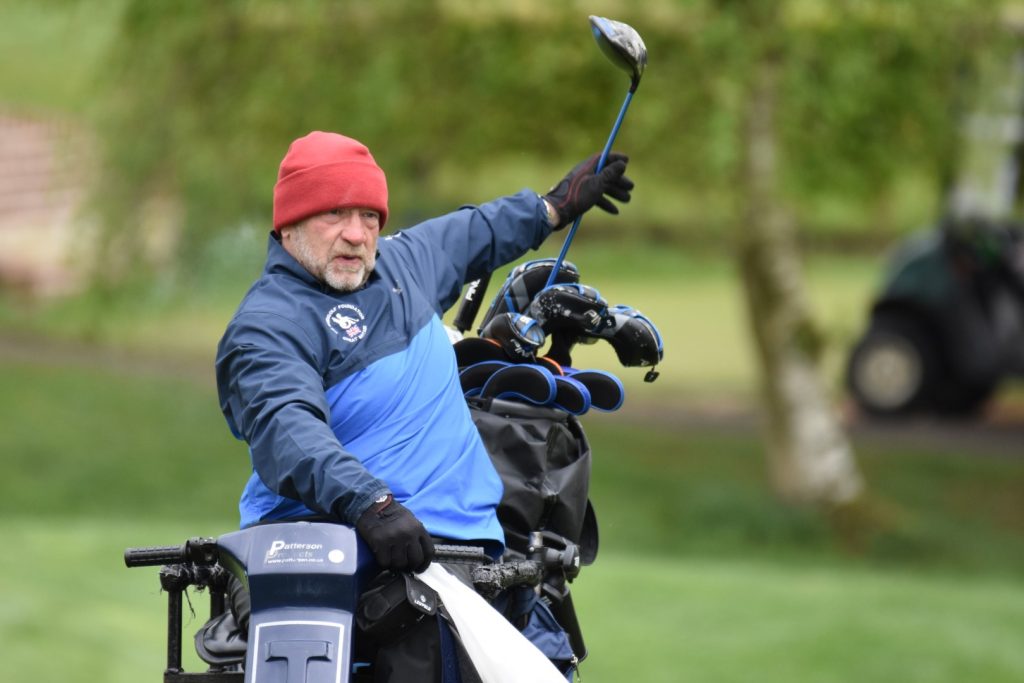
Equipped with a new ride-on buggy from the Handigolf Foundation, Terry was ready to play at his local golf club, Springhead Municipal Golf Course. Chances are good that nobody had ever seen a golfer playing from a buggy like Terry did, and so it was new to everyone. Terry had to explain that he would need to take the buggy all over the course and that it would do no damage to the greens or any other part of the course for that matter. The club was soon onside, and the sight of Terry riding down the fairway and playing a few holes became commonplace. He was learning the game again and loving every minute. Although most courses were fine about it, some were less than helpful. By then Terry was a member at Tapton Park Golf Club in Chesterfield, and it was on an away day that he found the lack of understanding and discriminatory practices hard to fathom. After being grilled and asked to demonstrate how his buggy worked, Terry was told that he could go to play. But the acceptance of Terry, and his buggy, came with conditions, “He said, oh, right; yes, you can go out and play, but we’d like you to sign this waiver. So if anything happens to you on the golf course, we’re not going to be held responsible. If you cause any damage to our greens, we’ll be looking to you for the cost of repairing the greens.” The club sent members of their green staff out to watch Terry play and make sure that no damage was done. “I actually did write a letter to the course when I got back, saying how disappointed I was at the reception I’d got, and did they ask their able-bodied patrons the same as me? Did they ask them to sign a waiver if they were going on the golf course? Were they looking for reimbursement from them, if they damaged the greens?”
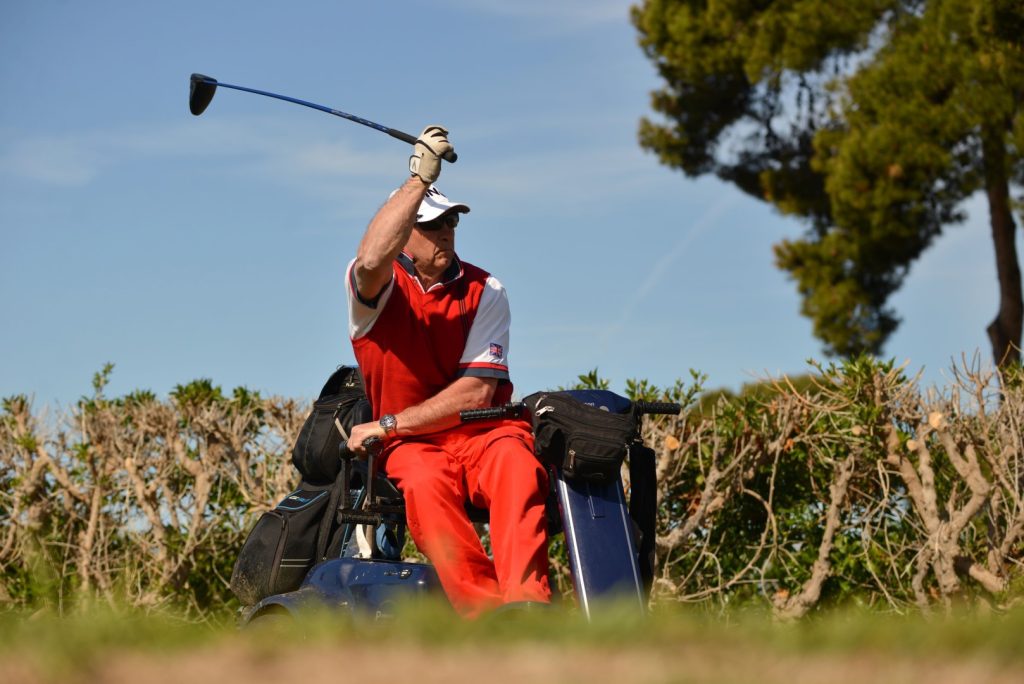
Thankfully today at almost all clubs this attitude is a thing of the past. Golfers with a disability are considered to be simply another golfer. That is how it should be. Now a former captain of Tapton Park Golf Club, the first seated player ever to hold such an office in England, Terry can look at the world of golf from both the organisational and playing perspective. “I played three sports for Great Britain. I used to play ice sledge hockey, and I used to compete with able-bodied drivers in horse driving trials. When I was playing with other disabled people, we were all of the same mindset. We were all disabled, and we’d get out there and just rough it up. When I’m out playing [golf] with able-bodied players, after the initial surprise that I rock up in a buggy and just drive up and hit the ball, they realise there is no difference.”
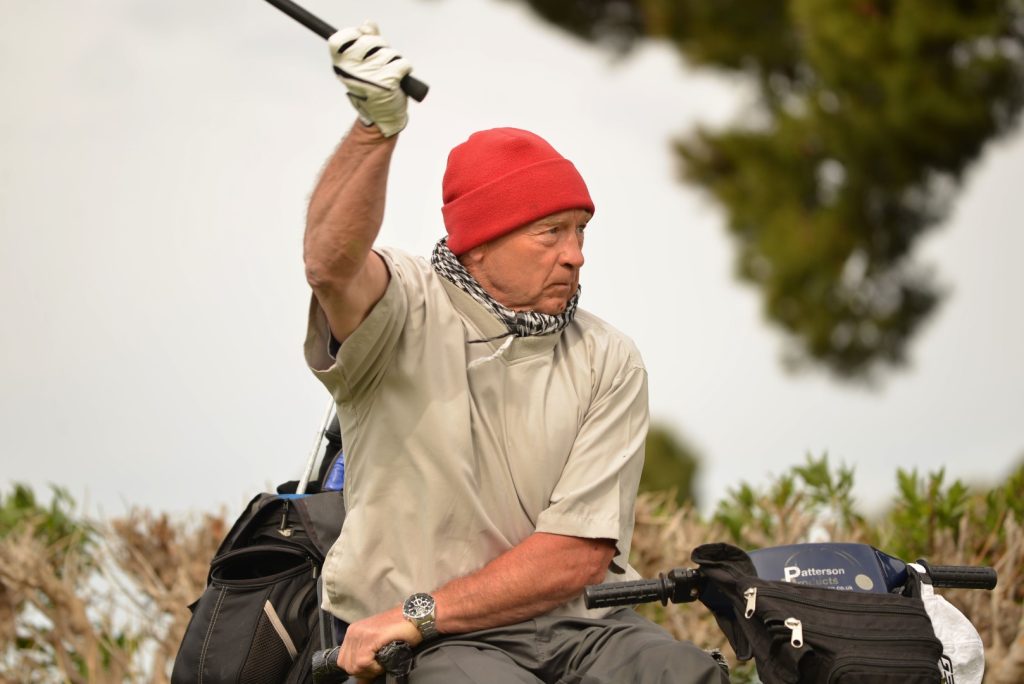
Get behind the sometimes gruff exterior of Terry Kirby, and you find a man that is true to his roots. He has a strong sense of regional identity, is occasionally argumentative, frequently stubborn, but with a purpose. He wants more people who have found themselves in a wheelchair to be able to play golf. He realises that everyone is unique: that is what makes the world go around, and is conscious that people react differently. “It affects people in different ways. I don’t think anybody knows what they’re going to do or feel like when it happens to them. You don’t know until it happens, and you don’t realise until it does, what you’re actually capable of. Your emotions are all over the place, and you have to step back from your emotions and just look at it, and think, right, I’ve lost the use of my legs. I’m still here, I’ve still got family, I’ve still got friends. There is always the support network in whatever you want to do with your physios, the doctors, and the nurses. There are ways around everything, to put you back into having as normal a life as possible.
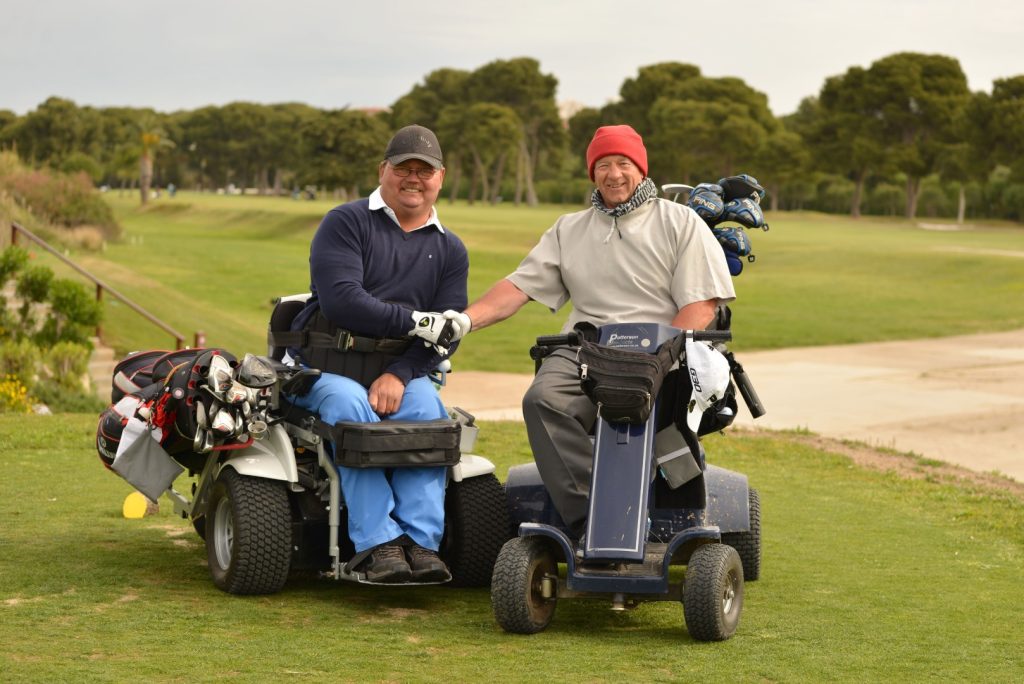
My life now, I feel, is better than it would have been if I hadn’t had the tumour. I’ve done more things in my life since I became disabled than I ever dreamed I would do. If I was still a lorry driver, back in Hull, how could I have competed in three different sports for my country? How could I have travelled the world, playing a sport that I love to an international standard, and meet extraordinary people? It’s not the end of the world, it’s not the end of your life. In many ways, it’s the beginning. It’s just a new chapter. Since I’ve been in a wheelchair, I have had a ball. That’s what I say to people, I’ve had a ball. I think there are so many opportunities now to do things, and it’s not the end of life, it’s the beginning. And just plough forward, plough forward.”
Contact EDGA
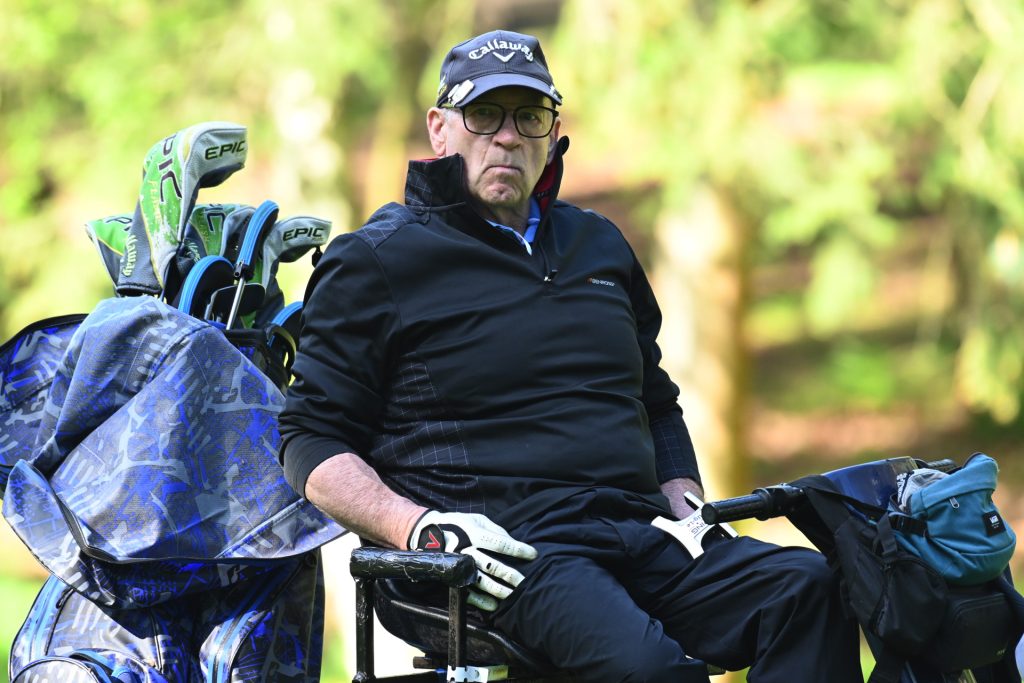
NB: When using any EDGA media, please comply with our copyright conditions


